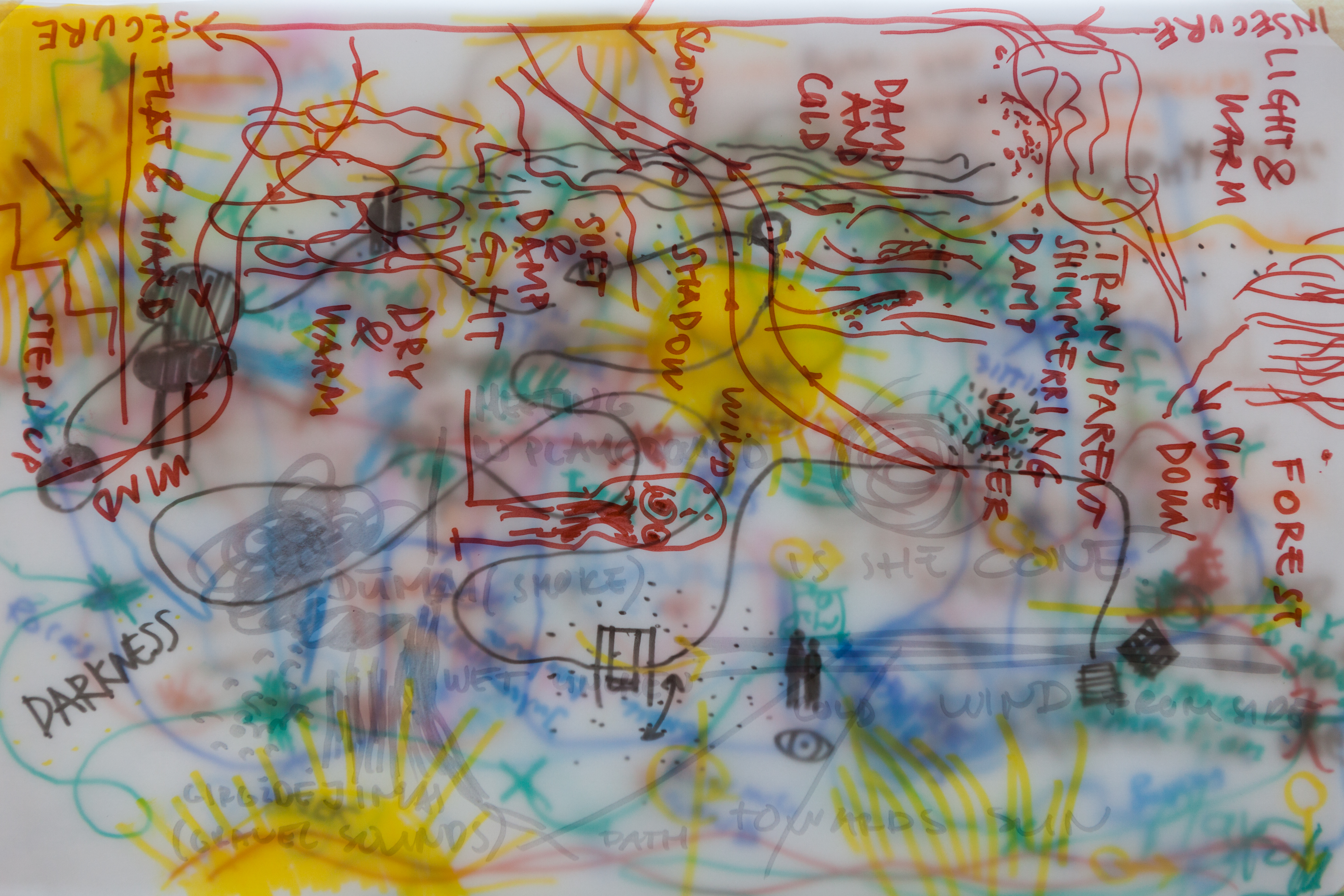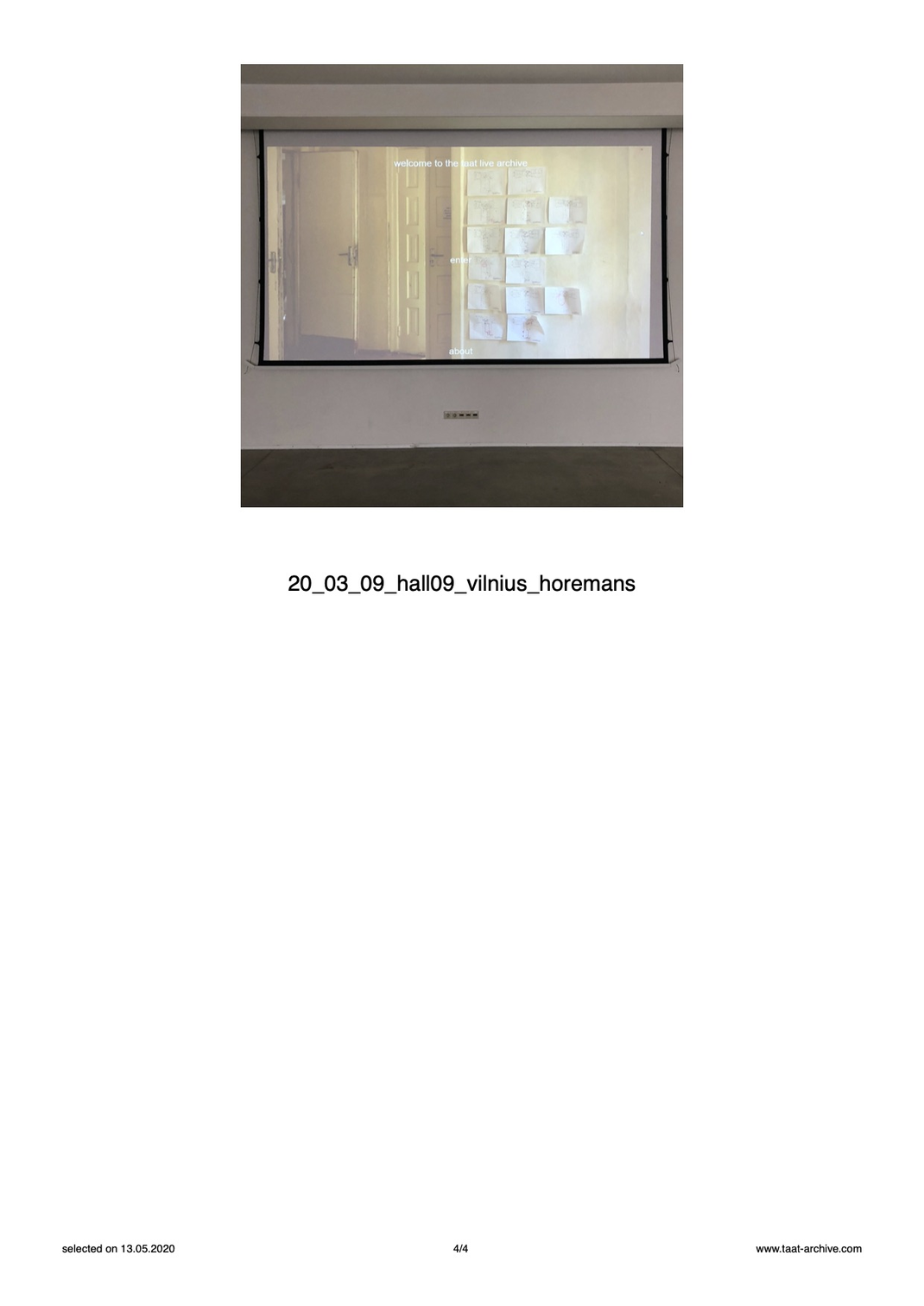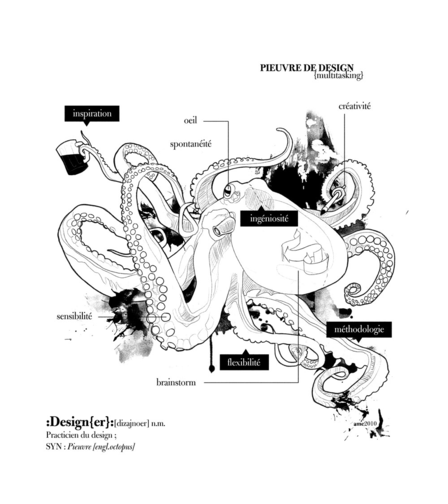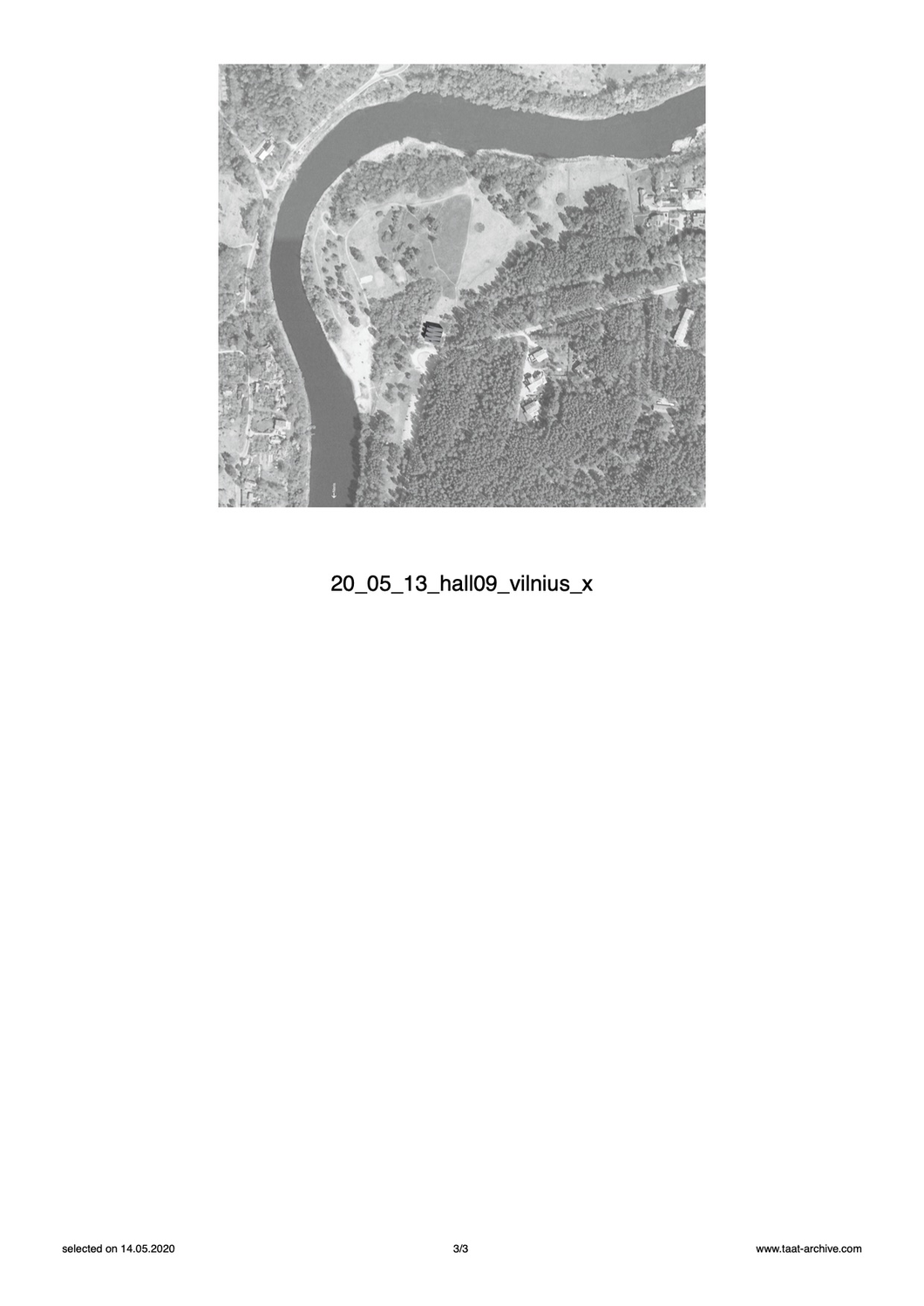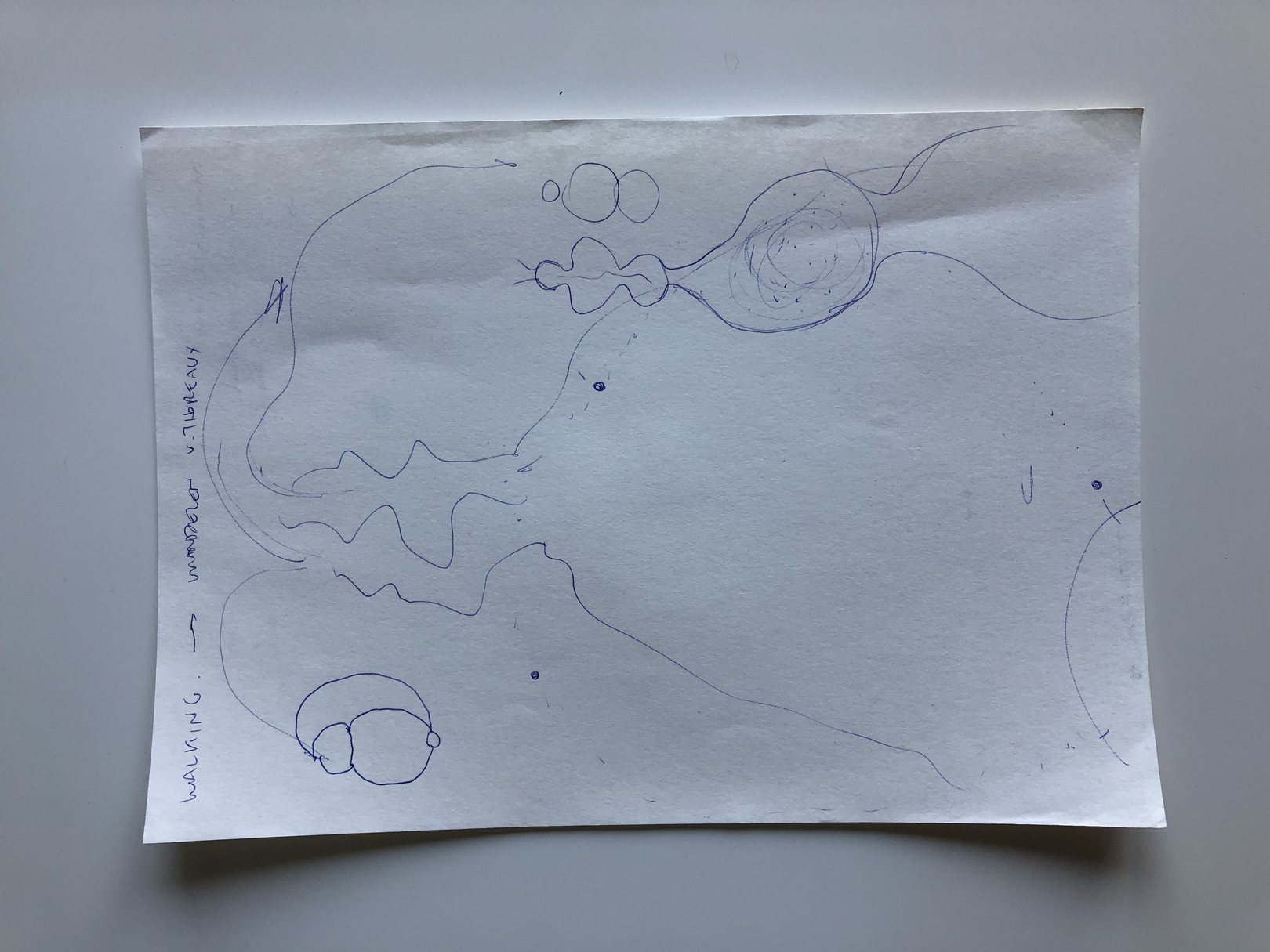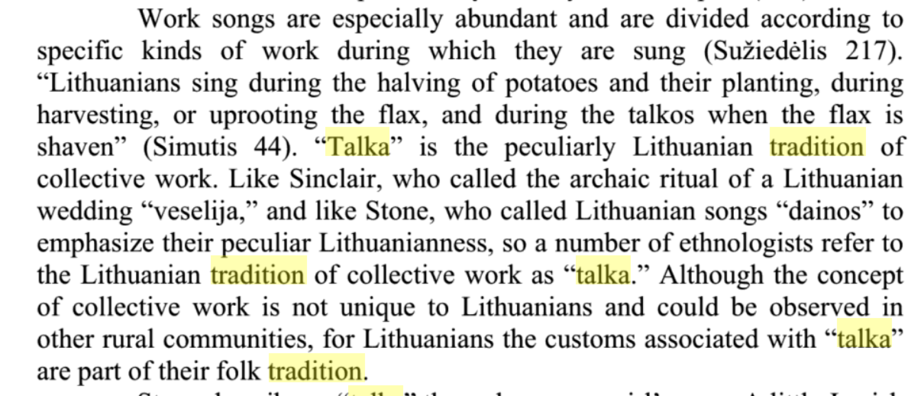ACTION
Performed/staged actions and gestures
Gert-Jan, Breg & Siebren take a Bolt taxi at Maxima supermarket to the creative industries centre Pakrantė (Vaidilutės g. 79, Vilnius 10100).
Arrival at the Creative Industries Centre Pakrantė.
Gert-Jan, Breg & Siebren decide to go inside Pakrantė and search for the working space or employees of Rupert, which is a centre for Art and Education devoted to establishing close cooperation between artists, thinkers, researchers, and other cultural actors through interdisciplinary programs and residencies.
We find their desk on the first floor. Two people welcome us: Gabrielė Marija Vasiliauskaitė, the communication coordinator, and Eleonora Ghedini, who is currently a trainee in Contemporary Art Studies (from Venice, Italy). The communication coordinator decides to show us around in the building of Pakrantė.
Gert-Jan, Breg & Siebren explore the Pakrantė community garden, which is behind and next to the building enclosed by the Neris River, as the preparation of the walking experience during the first day of the workshop.
Gert-Jan, Breg & Siebren decide to follow the ellipse-shaped path in the community garden behind Pakrantė, as a potential trajectory for the walking experience during the first day of the workshop. There are multiple sideway-paths in both routes. We decide collaboratively which directions are meaningful to follow. Three stopping points interrupt the flow of the walk.
There are two signs or ‘cues’ in the script, to communicate the trajectory of the walking experience: a vertical-oriented wood block to follow the right direction, two horizontal-oriented wood blocks (as the stopping points), where you can stand on top of it, and face the other person at the parallel route. We’ve found these small wood blocks next to the terrace outside the gallery space.
Preparing lunch with couscous and greens in the kitchen on the ground floor of Pakrantė.
Eating lunch together in the common lounge space of Pakrantė
Meeting with Julija Reklaitė (Rupert), Eglė Bazaraitė (Vilnius Gediminas Technical University) and Armands Silins and Uldis Trapencieris of Sansusi Festival (Akniste, Latvia)
Statements during the talk:
Gert-Jan: ‘Our work is about an encounter experience’. ‘It’s about a walking experience’
Breg: ‘In our work we develop a dramaturgy in three phases: it starts with an invitation to join and follow us to the starting point, there two people step into a one-by-one walking experience, and it ends with the route back to the gathering place at the Sansusi festival. After this there is the possibility to reflect on their own experience, how they experienced the work. We see this three-step-dramaturgy as part of a larger ecosystem, which is the Sansusi festival. (Beg draws this on a piece of paper to visualize the dramaturgical process hierbij toevoegen?)
Eglé: ‘It’s like an octopus, connecting with the wider area.’
Director (name?) of the Sansusi Festival: ‘In Latvia we have a tradition of ‘talka’, which is a day of collectively cleaning work in the forests. It’s like commoning with locals. We do this also in the context of the festival with people from the local area.'
Julija: ‘I attended recently a workshop about community building practice and I learned there the audience is not the target. It’s more than an invitation to join, it’s important that they can do something together. That people feel connected. Like in ‘talka’’.
Last preparations for the workshop: testing the projection screen (Breg);organizing the indoor stage/scene, i.e. the gallery space, by placing the chairs, next to the right-hand wall and placing the two tables for the material of the exercise on the Live Archive (Gert-Jan & Siebren).
Dinner together with Armands Silins and Uldis Trapencieris of Sansusi Festival.
Gert-Jan: ‘How did you experienced the talk this afternoon?’
Director Sansusi Festival: ‘Oh, sorry, I didn’t hear your question’ (Repeating the question): ‘(It’s all about) Money, money, money.’
LIVE ARCHIVE FOOTAGE
Footage printed directly from http://www.taat-projects.com.s3-website.eu-central-1.amazonaws.com/
REFLECTIVE NOTES
Questioning/thinking on meaningful and critical moments
The meandering lines of the path ask (or better: force) me to focus and adapt my way of navigating through it. It is not just the human intervention of created pathways, and the human interaction between us three walking through this trail, which gives meaning to my bodily experience. It is the nature itself that is overwhelming to me. There is a tree in front of a stopping point and three bushes in a row, situated in-between the two parallel tracks and stopping points. The nature around the path is not just the scenery/decor but holds agency as a non-human actor in the network of meaning-making, fueling my walking experience. (S.N.)
Gert-Jan and Breg describe their art work as ‘a walking experience’. It’s remarkable they explicitly decide not calling it a piece of art. By not describing it as art, it lows the threshold to step into it as a visitor or spectator. But at the same time it's important to recognize the aesthetic value and potential of the work. We could also describe it as an immersive performance installation or a promenade performance (cf. the traditions of Land art and Site-specific art). Although there is at the first sight not a stage or a performers' role in this walking experience, there are aspects of ’stage’ and ’staging’ (of performers and spectators) central in the spatial dramaturgy, fueling and carrying the work. Dorothea von Hantelmann (2015:63) describes ‘staging’ as ‘Something (…) presented, located, imagined and spatialized’ Also in an immersive experience, as the work of TAAT, there is a ‘stage’ or a constructed/scripted situation with staging principles of performers and spectators who are assigned a persona/role (cf. Frieze, 2016). (S.N.)
Critical moment: The dialogue with the organizers of the Sansusi Festival, Rupert and Vilnius Gediminas Technical University did not result in a decision to collaborate together. During the evening dinner this was confirmed in the words of the director of the Alternative Music Chamber festival Sansusi: "money, money, money." He interpreted the afternoon conversation as an ask for financing the work of TAAT or a way to search funding, and not as a way to search forms of collaboration, which also includes financial compensation.(S.N.)
EXTRACTION
What are the revealing threads, connections and relationships?
Following Ingold
At some point in history the distinction of a culturally produced space - as opposed to its natural environment - appeared. For the hut, made out of found branches picked up from the forest to become a house, man decided to interact with the forest's elements, creating a space for safety and shelter. According to Tim Ingold, the notion of space is the most 'abstract, empty and detached' of all notions we describe the world we live in. But what if the notion of space never really left it's natural environment? Did it really become 'something that can never be truly inhabited'? From a ecosophical point of view, I would argue that any built space is never truly detached, as it as always produced in a proces of interaction between humans (cfr Social Space, Lefebvre) and their (natural) environment. A 'truly detached' space would mean a space where no natural resource would've been used, nor any human interaction would've taken place to construct it. During the workshop in Vilnius, we tried to look at the spatiality of both the forest and the building of Pakrante, as if it were part of one bigger ecology, meaning an actor-network of human and non-human elements. Despite the physical difference between the culturally produced 'inside space' and the naturally emerged 'outside space', they were equalized within the 'environment' of the HALL09 experience. (B.H.)
Third term in the making
To further explore the dramaturgical notion of the third term as a way to understand how the context plays a role in the actor-network of HALL09, let's look shortly at the previous HALL-projects in Latvia, focussing on the making process (I'm not making a distinction in the 'dramaturgy of making' or the 'dramaturgy of presenting' here). In the subprojects HALL01 to HALL06 the mediating 'material thing' or 'third term' (Ranciere) was dominantly the spatial environment, a co-created wooden installation for two strangers to meet. The choice to 'go outside' - from HALL06 on - left the wooden installation aside and resulted in a slow development process of HALL07 that took a whole year in different environments. Eventually this process culminated in two installations: the first in Akniste, a peet construction amidst a small forest, and the latter in Riga, an abbandoned building on the verge of demolition in Riga city center. In both places, in the initial fase of the project, there was a sense of a shared aknowledgement of the space as a natural environment. in the forest this is quite obvious, but in the abbandoned building in Riga, the process of aknowledgement urged us to have a closer look and to take the position of the building as a a living organism. During the process we often referred to the building as an a very old lady, on the verge of death. (-> expand on building as a body) If we concieve our own bodies as attached to or interrelated with our environments, can we then look at spaces as dettached entities? And how can a dramaturgical 'tool' as a third term help us ackowledging this interrelational aspect of space or spatial environments?
Connecting to the environment
From the window of Pakrante's foyer, the 'community garden' immediatly drew attention. A piece of land, split by a T-shaped path with an open space and a little forest, flanked by the Neris river, seemed like a perfectly fitted space for the outside part of the workshop. Looking back at the photograph of the site, there was allready a noticeable tension between the visible and the not yet invisible elements of the site (the dense forest in which the pathways disappeared and the adjacent Neris river demarcating the limits of any exploration by foot). The element of 'not knowing' what was there and the common agreement of incorporating the site into the workshop, made it into a 'third term' for the co-creation process of the workshop score. Gert-Jan, Siebren and I 'stepped in together', discarding the different levels of experience in creating these kind of scores in the frame of a HALL-project. There was a sense straightforward-ness in positioning ourselves into, reacting on and adjusting to the environment that worked as a productive actor in the development. It felt as a natural process that was taking place, in which the environment connected us through it's unspoken language. (B.H.)
Missed encounter
On the level of the artistic 'product' (when two particpants are doing a HALL-score) using the 'encounter as a dramaturgical strategy' (Groot-Nibbelink) there is always the risk of 'not having an encounter'. This connects to expectations that we create by contextualizing the project to any participant, but on a more general level the 'real' encounter depends on the generosity and vulnerability of the people that are envolved in the encounter. A consciousness of a reciprocal, yet very complex, relation is key to be 'effective' in the encounter. When an encounter is 'missed', we tend to see this as a deficiency of the HALL-score', or a missed opportunity in the participant's own ability to connect with an Other. Helpful here is to aknowledge the contingency of the encountering process as described by Epicurus (swerms of atoms), replacing the tendency for 'efficacy' of our work to a stimulation of trust in any encounter, overruling the dichotomy between effective or missed encounters.
Having this in mind, the organizational meeting between the project partners can be looked at on a variety of different levels of encounter: from the personal level to the representative, institutional level. On the institutional level one could argue that there was an encounter of unspoken - hidden - agenda's. Adding to that it was an encounter of different nationalities (lithuanian, latvian, belgian, dutch). (EXPAND ON THE QUALITY OF THIS MISSED ENCOUNTER)
REMOVE? (A key role was the unclarity concerning the framework for the meeting. We as TAAT had taken the initiative for the meeting, so we could be considered the host. At the same time we were at Rupert, so Rupert could be considered the host.
A second element is the format of sitting around the table. We could have used HALL to communicate HALL, in other words, we could have used the 'walk' to start the conversation.)
Key moments in the workshop dramaturgy
1. The moment we invited Siebren to design the walk with us.
Here we shifted the regular hierarchy or division between pre-set roles. Inviting Siebren was like inviting the 'other', as in the non-artist/designer. We applied to his creative side. Or, we implemented his analytical skills into the creative process.
2. The design of the walk
It set a physical framework as well as a time frame. The idea of distance and proximity (both within the walk and in relationship to the building/institution) combined with the speed with which we designed the route set the measures of space and time for the two official workshop days.
3. Preparing the space
However much we did consider the workshop-space an intermediary between inside and outside the building/institution, we relatively payed little attention to the workshop-space as an entity of it's own. Decisions about what to put where were based on limited time and first-hand intuition. In this way, the space remained a 'practical' space. In other words: we didn't take the time to really encounter the space.
A hierarchy of connections
A way of Embedding the proces (HALL33)...
1. in the workshop space.
2. in the constellation of participants.
3. in the situation (institution/place,...)
4. in the constellation of partners
5. in the constellation of future partners
6. in the awareness of a bigger local audience
7. in the awareness of other people/institutions connected to TAAT/ HALL33
8. in the awareness of a general, global audience
Site/Non-Site
->ref to 'going outside' in part of the 'third term'
expand on the position of 'the institution' as a non-context for site specific work and connect to Groot Nibbelinks notion on de- and reterritorialisation
Questions that came up during our last session:
- How do we use the day of preparation?
- How did we connect with the space?
- How did we connect with the organisation?
- How did we bring different organisations from two different cultures together?
- talke versus 'money money money'
- positionering bleef vooral formeel, maar neigde ook naar informeel
- extension naar de politieke sfeer; ze
- man/vrouw verhouding
- wat hadden wij als 'derde partij' kunnen inbrengen om de relationaliteit te verhogen
- 'we voelden ons niet welkom'
- we hebben de ontmoeting WEL gefaciliteerd - ook al was deze moeilijk.
Kan de relationele dramaturgie NOG meer een tool zijn in zulke moeilijke situaties. Motorisch moment: externe bevestiging nodig. Groepsproces en de kwaliteit die hierin zat heeft haar over de streep getrokken?
Een gebrek aan intersubjectiviteit in deze situatie, gaat ervan uit dat dit deel vh proces niet deel is van het proces. Vraag tot erkenning van deze intersubjectiviteit.
Hoe kunnen we ons werk - als third term - nog meer inzetten om in dit soort situaties een 'common ground' te maken. We hadden de context anders kunnen bespelen of inzetten. Het activeren vd context kon werken als een ijsbreker.
Hoe wordt je deelgenoot van wat we doen? Deelgenoot vh werk wordt je door deel te nemen aan het werk.
Moment van 'samen maken' bij de eerste wandeling. Siebren wordt meteen om zijn input gevraagd -> wederkerigheid in het zich open stellen naar het werk. Attitide of voorwaarde?
GJ: hoe eerder de uitnodiging gesteld wordt, hoe meer 'credits' we opbouwen samen.
Co-creatie is niet 'staged' maar een fundamentele benadering van eigenaarschap.
Het gebouw zelf - hoe speelt dit in op de dramaturgische processen. Hoe maken we hier impliciet gebruik van; hoe ownen we deze ruimte en of incorporeren we de kwaliteiten -
Het situeren van het gebouw 'rond' de workshop of het situeren vd workshop in het gebouw (hierin zit ook een dramaturgische behandeling).
Fluide behandeling vd ruimte. Fragmentering vh ruimtegebruik of een fluide concept vd ruimte die voortkomt uit intuitieve noden vd deelnemers.
